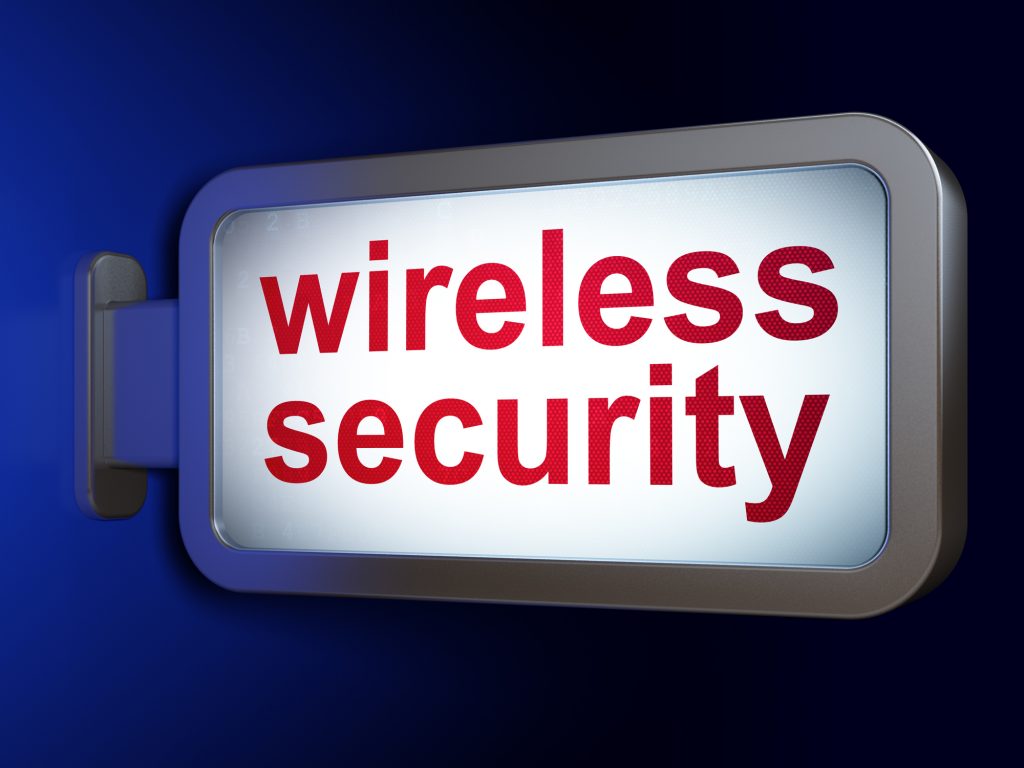- May 31, 2021
- Catagory networking
Bolster your wireless security in the hybrid workforce era
After more than a year of focusing on securing remote workers, it’s time to prepare your office for a hybrid workforce and reinforce your wireless security.
The threats to your on-site wireless security haven’t gone away and having workers who are in and out of your office post-pandemic ends means the network security landscape is just as dynamic as ever. The hybrid workforce is a stark reminder that there is no network perimeter, and you must constantly review your network security checklist—Bring Your Own Device (BYOD), the Internet of Things (IoT), and ubiquitous connectivity remain important considerations.
Secure your office for a hybrid workforce

As people come back to office, the best practices for wireless security are more important than ever, especially as many employees may no longer have a permanent office or workspace as hot desking becomes more prevalent. In addition to guests, you’ll have employees connecting to your office network on-site in an inconsistent manner with devices that are connecting a variety of other networks, whether it’s the employee’s home network or a wi-fi hotspot as it becomes possible to work from coffee shops again.
Now is a great time to review your management policy for all IT endpoints and provide refresher courses on wireless security for your staff. For some organizations, a hybrid workforce was already familiar to them before the pandemic, but for others it will be just as jarring as going fully remote. Given that you’re about to experience another paradigm shift, it can’t hurt to bring an outside partner to evaluate your current wireless security posture.
What’s in a name
A good place to start is to review your inventory of wireless routers access points.
No matter how many you have or where they are located, you should review their service set identifiers (SSIDs) to make sure they are suitably named as to be found by authorized users, but not so easy for unwanted guests to connect to because the names are obvious or remain the factory default. Your network naming should be just as well thought out password selection—avoid creating one that’s likely to help a hacker guess the network password. Rotating passwords and SSIDs can also make it harder for devices and networks to be breached, and the more unique, the better.
With a hybrid workforce, you may want to segment your network so that transient employees have dedicated wireless access points to connect to that are separate from employees who are back on-site full time. Either way, you should hide your SSID so only users who know the actual wireless network name can search it out.
Apply access controls
Even before the advent of the hybrid workforce, there was never a need for every employee to access the same network resources or devices. Just as you segment wireless router access, consider giving specific users access to specific devices such as network printers depending on whether they’re occasionally on-site or in the office everyday.
No one needs to be connected to every device in the organization, so segmenting access will limit the impact of a breach should one endpoint be compromised. At the end of the day, not all employees are equal, including post-pandemic visitors, who wireless access for their mobile devices. Adopting a Zero Trust model for wireless security can go a long way because it’s based on the mindset that organizations shouldn’t automatically trust anything inside or outside its perimeter—every connection must be verified, whether it’s an endpoint, switch or IP address if the organization is to prevent breaches.
Secure and scan everything
Wireless security demands that all access points been encrypted, and yet surprisingly, many wireless networks are left wide open, making them easy avenues for threat actors to gather sensitive information, or as a means to gateway to hack more secure systems.
No matter how stringent your wireless security, it’s often just a of time before someone or something gets past the firewall because today’s cyber threats are so persistent. The trick is to balance security with productivity—you don’t want it to be a barrier to getting things done, otherwise employees will find shortcuts around it whether they’re working at home or in the office.
If you’re feeling rusty about in-office wireless security and would like a refresher to prepare your organization for the hybrid workforce, seek out the help of a managed security services provider.




 Latest Blogs
Latest Blogs FAQ
FAQ